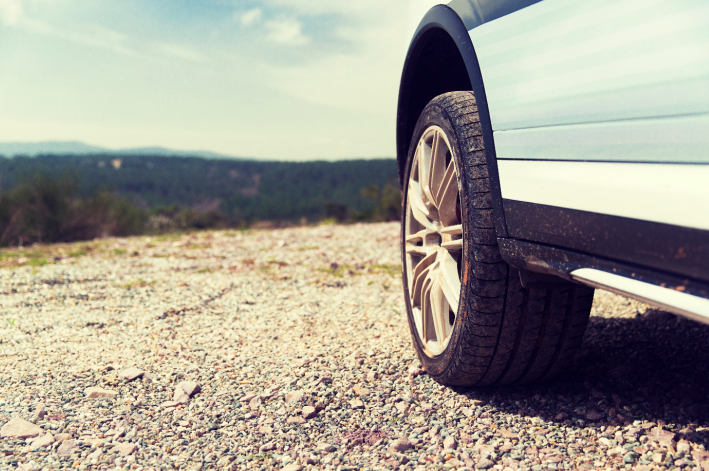Disclosure - This is a collaborative post
People damage car tyres all the time and sometimes they don't even realise they have harmed them in the course of the usual driving practices. There are obvious problems you might notice such as when a tyre goes completely flat or when there is a blowout. However, less serious problems can still lead to serious outcomes with potentially disastrous results if you continue driving on a tyre that is not in top condition. What are the most common problems that lead to tyre damage? Read on to find out.
Slow Down to Avoid Hazards
Whether you live in a place like Fife where you can encounter bad weather conditions even in the height of summer or the Northwest of England where trans-Pennines roads like the A57 which often suffer from snow and ice, avoiding hazards means slowing down, especially on blind corners. When you drive in potentially exposed locations, there are more twists and turns to deal with. Therefore, if you are constantly accelerating to drive at the speed limit, you may not have time to notice items on the tarmac that could cause a problem with your tyres. This is just as true on motorways like the M60 near Manchester as it is on slower roads, such as the B295 between Kirkcaldy and Crossgates. Note that if you are in search of car tyres in Kirkcaldy you can book your appointment today at Fife Autocentre.
Pull Away in Second Gear
If the road's surface is slippery or you are already facing a downhill incline, then there is no really good reason to pull away in first. Doing so could lead to unwanted wheel spinning which, in turn, will result in tread damage. If you can pull away in a second with more control over the power you put through your tyres from your engine, then why not do it? There's still nothing to stop you from using first gear for hill starts or when you need a bit more oomph to get going, after all.
Consider Having Your Tracking Adjusted
If your car is pulling to one side, then it is quite possible to allow for this by holding the steering wheel a little more firmly and continuing to drive in a straight line. However, this can cause excessive radial wear to tyres on one side as the left-hand-side ones fight with the right-hand-side ones. Instead, you should have your car's tracking adjusted so they are each in perfect alignment with one another, thereby saving your tread from premature wear.
Reinflate Your Tyres Regularly
It is important whether you live north or south of the border to pump your tyres up. Do so every few times you stop at a filling station to refuel. If not, your car can limp on with partially under-inflated tyres. Not only does this also lead to faster tread wear than would otherwise be the case but it can also add to your driving costs. Because under-inflated tyres take more energy to rotate, they use up more fuel per mile you drive, impacting negatively on your fuel economy. What's more, under-inflated tyres mean handling is not as good as it could be. In turn, this makes it harder to avoid obstacles on the road - such as potholes, for example - you'd like to avoid which can cause further damage to the car's tyres.
Conclusion
To sum up, driving to preserve your tyres is really about adapting your driving style to suit the road and weather conditions. Remember that simply by leaving more room between you and the vehicle in front you'll hit the brake pedal less often, another good tip for looking after your tyres and extending their lifespans.
- If you enjoyed this post leave us a comment.
- If you have visited any of the attractions mentioned in this post share photos with us on our socials.
- If this post has helped you in anyway you can Buy Us A Virtual Coffee to say thanks.
- If you would like to work with us please visit on Work With Us page for more details
Michelle










.png)










Post a Comment
Thanks for your comments. I love reading them :)